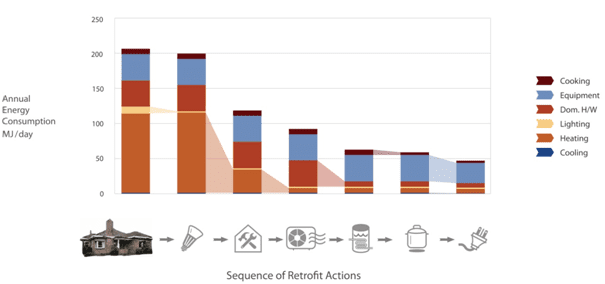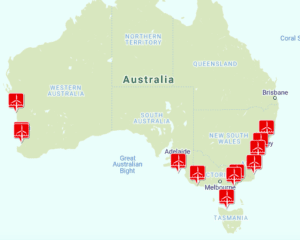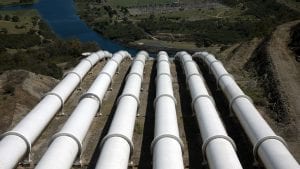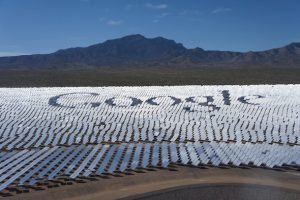Turn to page three of Beyond Zero Emissions’ latest installment on the radical decarbonisation of Australia’s energy system, The Zero Carbon Australia Buildings Plan, and you will find these four rather magical-sounding words: “Energy freedom is achievable.”
According to the BZE plan – which, as we reported yesterday, is a joint effort with The University of Melbourne Energy Institute, and is due to be launched on Thursday – Australian households and businesses can achieve “energy freedom” by generating more energy than they use and removing gas as an energy source.
How would this be done? Of course, it would involve the installation of renewable energy generation: largely rooftop solar for households; and solar or small-scale wind turbines for commercial buildings. But as the Zero Carbon Australia modelling shows, the road to “energy freedom” comes largely through the implementation of various retrofit actions – ranging from the very basic, such as the installation of energy efficient LED lights, to the more complex, such as the replacement of all gas-fired appliances and heating with commercially available electrical alternatives.
As the graph below shows, through the retrofitting of lights, fabric upgrades, space conditioning, hot water, cooking and equipment achieves an annual energy reduction of approximately 75% for a circa 1950 brick veneer house in Melbourne which currently consumes around 206 MJ/day.
- Key retrofit recommendations and energy savings for a residential Home in Melbourne
The next graph shows ZCA modelling results for an office building in Sydney, built between 1980-2000, which currently consumes around 30,845MJ/day of energy. Through the retrofitting of lights, fabric upgrades, space conditioning and appliances an overall energy reduction of 78% is achieved.











